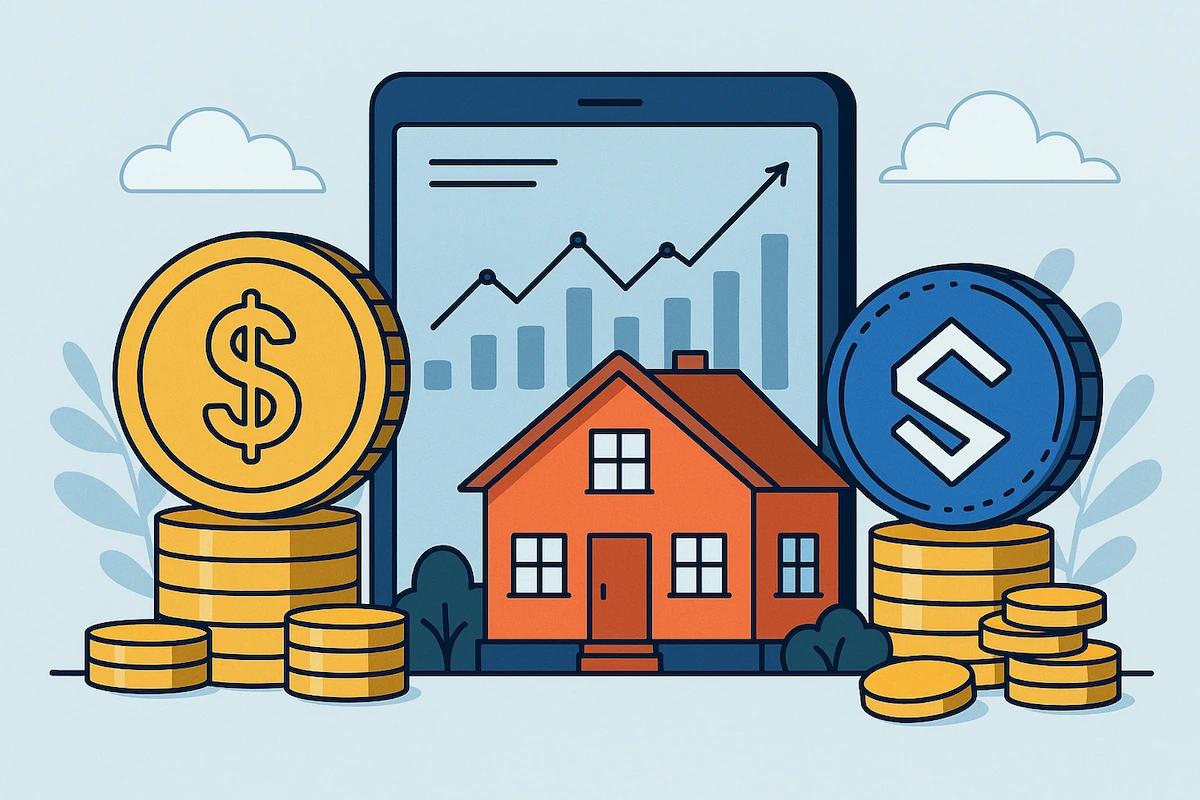
In recent years, real estate tokenization has emerged as a transformative force in property investment and capital formation. By leveraging blockchain technology, tokenization is redefining how capital is raised, accessed, and distributed in real estate markets across the globe. Traditional real estate fundraising methods—laden with high barriers to entry, legal complexities, and slow transaction cycles—are being challenged by this new digital model. This evolution is not just a technical upgrade; it represents a complete restructuring of how property owners, developers, and investors interact with real estate assets.
In this comprehensive blog, we’ll explore how real estate tokenization is opening up innovative fundraising opportunities, why it’s disrupting traditional capital markets, and how forward-looking property stakeholders are using it to access global liquidity, improve investor inclusion, and increase efficiency. We’ll also touch upon the practical steps to launch a tokenized real estate offering and what to expect in the near future.
The Traditional Real Estate Fundraising Landscape
Historically, real estate fundraising has involved private placements, syndications, institutional loans, and real estate investment trusts (REITs). Each of these models comes with its own limitations. High entry thresholds, illiquidity, long holding periods, jurisdictional restrictions, and opaque ownership structures often leave out retail investors and slow down capital acquisition for project developers.
Raising capital for large-scale real estate projects requires access to affluent investors or institutional funding, which often involves brokers, underwriters, legal advisors, and multiple layers of compliance checks. This not only inflates costs but also adds weeks or months to timelines. The lack of flexibility and transparency limits market participation, particularly for smaller investors and cross-border stakeholders.
Enter Tokenization: Redefining Ownership and Access
Real estate tokenization involves representing ownership rights to a property (or a share in it) through digital tokens on a blockchain. Each token can represent a fractional stake in an underlying real estate asset, allowing multiple investors to collectively fund a property without owning it in its entirety. These tokens are programmable, immutable, and easily transferable, providing instant transparency and reducing dependency on traditional intermediaries.
Tokenization breaks down large, illiquid assets into smaller, manageable units. For example, a $5 million commercial property can be divided into 500,000 tokens, each worth $10. This opens the door for a wider pool of investors, especially those who were previously priced out of such opportunities. It’s not just about access—it’s about enabling global micro-investment while ensuring the same rights, revenue share, and legal protections.
How Tokenization Enhances Fundraising Strategies
The power of real estate tokenization lies in its ability to make fundraising faster, cheaper, and more inclusive. Developers and asset owners can raise funds from a diversified investor base without relying solely on institutional channels. Here’s how:
A. Fractional Ownership Increases Investor Participation
By offering fractionalized tokens, issuers can raise capital from hundreds or even thousands of small investors. This reduces reliance on a few high-net-worth individuals and spreads risk while ensuring broader investor engagement.
B. Global Reach via Blockchain
Tokens can be distributed and traded globally, allowing real estate issuers to tap into international capital markets without the red tape of traditional cross-border investment rules. Blockchain’s trustless and borderless nature facilitates fundraising across regions, helping developers reach previously inaccessible investor communities.
C. Lower Costs, Faster Timelines
Tokenized fundraising eliminates the need for intermediaries like underwriters, escrow agents, and brokers. Smart contracts automate critical processes like dividend distribution and compliance enforcement. This reduces operational costs and accelerates time-to-market.
D. Improved Liquidity
Unlike traditional private real estate investments, tokenized assets can be traded on secondary markets or compliant exchanges. Investors no longer need to wait years to exit; they can sell their tokens to others, creating a more dynamic investment environment.
Practical Use Cases of Tokenized Real Estate Fundraising
A. Pre-Construction Funding for Developers
Real estate developers can use token sales to raise funds before construction begins, using tokenized securities as a replacement or supplement to traditional equity financing. This provides an alternative to costly loans or lengthy syndication processes.
B. Portfolio Diversification for REITs
REITs and other institutional real estate funds are exploring tokenization to digitize shares, automate dividend payouts, and offer more flexible buy-ins. This helps them attract tech-savvy investors who prefer digital assets.
C. Crowdfunded Property Projects
Tokenization serves as the technological backbone for modern crowdfunding platforms. Small-scale investors can pool capital via smart contracts to jointly own income-generating assets like rental homes or commercial plazas.
D. Community-Owned Real Estate
Real estate tokenization also enables mission-driven projects where local communities can co-invest in public real estate—such as co-working hubs, schools, or cultural centers—via decentralized governance frameworks.
Legal and Compliance Considerations
Tokenizing real estate assets involves regulatory oversight. Since real estate tokens often fall under the category of securities, fundraising projects must adhere to security laws such as:
Regulation D and Regulation S in the U.S.
MiFID II in the EU
SEBI guidelines in India (if offered domestically)
These regulations ensure investor protection, AML/KYC verification, and proper disclosures. Fortunately, blockchain solutions can help automate compliance workflows. Many platforms now offer built-in KYC/AML checks, programmable restrictions on transferability, and jurisdictional whitelisting.
Real estate token issuers often work with legal counsel to structure offerings under compliant frameworks such as:
Security Token Offerings (STOs)
Real Estate Investment DAOs
Private Placements via token platforms
Ensuring that tokens are classified correctly—utility, security, or revenue share—is critical for long-term sustainability and legal standing.
Roadmap to Launching a Tokenized Real Estate Offering
Step 1: Asset Selection and Valuation
Choose a high-quality, income-generating property or a diversified real estate portfolio to tokenize. Ensure there are no encumbrances, confirm ownership rights, and conduct a professional third-party valuation to establish market worth. Transparent documentation boosts investor trust from the outset.
Step 2: Legal Structuring and Compliance
Engage legal experts to select the most favorable jurisdiction for the token offering. Determine whether the token represents equity, debt, or a revenue-sharing model. Draft compliant offering documents such as a Private Placement Memorandum (PPM), subscription agreements, and ensure full adherence to securities and AML regulations.
Step 3: Token Design and Smart Contract Development
Define the token’s economic model—total supply, price per token, and expected yield. Include features such as voting rights, dividend distribution logic, and resale restrictions. Develop and audit smart contracts using secure, scalable blockchain protocols like Ethereum, Polygon, or Avalanche to ensure investor protections and automation.
Step 4: Platform and Custody Integration
Choose a robust real estate tokenization platform with investor dashboard functionality and onboarding compliance tools. Partner with licensed custodians for asset backing and provide investors with secure digital wallets. Ensure the platform supports token issuance, management, and transfer capabilities with built-in audit trails.
Step 5: Marketing and Investor Outreach
Craft a compelling value proposition and develop investor-facing materials like whitepapers, one-pagers, explainer videos, and a professionally designed website. Leverage social media, influencer marketing, paid ads, webinars, and investor forums to build credibility. Highlight the benefits of tokenized ownership such as liquidity, transparency, and fractional access.
Step 6: Token Sale Execution
Launch the offering on your selected platform, ensuring seamless KYC/AML onboarding and investor accreditation where applicable. Enable real-time dashboards for tracking token allocation and sale progress. Use tiered investment strategies or bonuses to incentivize early participation and maintain momentum during the fundraising window.
Step 7: Post-Sale Management and Liquidity
Upon completion of the sale, distribute tokens to investors’ wallets and initiate any scheduled dividend or rent-sharing payouts. Maintain clear and consistent communication with token holders via investor portals. Explore listings on compliant secondary markets to enhance liquidity and offer investors an exit pathway.
Technology Infrastructure Powering Tokenized Fundraising
Launching a real estate token requires robust backend infrastructure. Here’s a snapshot of the ecosystem:
Token Standards: ERC-1400, ERC-3643 (Ethereum); SPL (Solana); or Tezos-based standards
Smart Contracts: Automate investor onboarding, dividend distribution, and compliance rules
Tokenization Platforms: Platforms like RealT, SolidBlock, tZERO, and Stobox offer turnkey solutions
Wallets & Custody: Investors need secure, user-friendly wallets; token issuers need compliant custodians
Secondary Markets: Integration with regulated exchanges and bulletin boards for liquidity
Choosing the right stack depends on geographic focus, compliance needs, target audience, and fundraising size.
Real-World Examples of Tokenized Fundraising in Action
RealT (USA):
This platform has tokenized dozens of U.S. rental properties, offering weekly rental income to global investors. Most properties are priced between $50,000–$200,000 and are fractionalized into thousands of tokens.
Smartlands (UK):
Smartlands tokenized a student accommodation property, raising funds through digital securities. Investors received revenue share proportional to token ownership.
Brickblock (Germany):
Brickblock helped tokenize a €2 million property in Wiesbaden, allowing investors from across Europe to gain exposure to real estate without local residency.
Conclusion:
Real estate tokenization is not a distant future—it’s a present-day solution that is unlocking a democratized, transparent, and liquid fundraising model. From fractionalized global investment to programmable income streams and frictionless cross-border deals, tokenization is poised to disrupt how real estate capital is raised and managed.
Developers and property owners who embrace this model early will enjoy broader investor bases, faster execution, and long-term relevance in a digitized financial world. Whether you're a developer seeking smarter capital or an investor looking for accessible, yield-generating opportunities, tokenized real estate offers a powerful pathway forward.








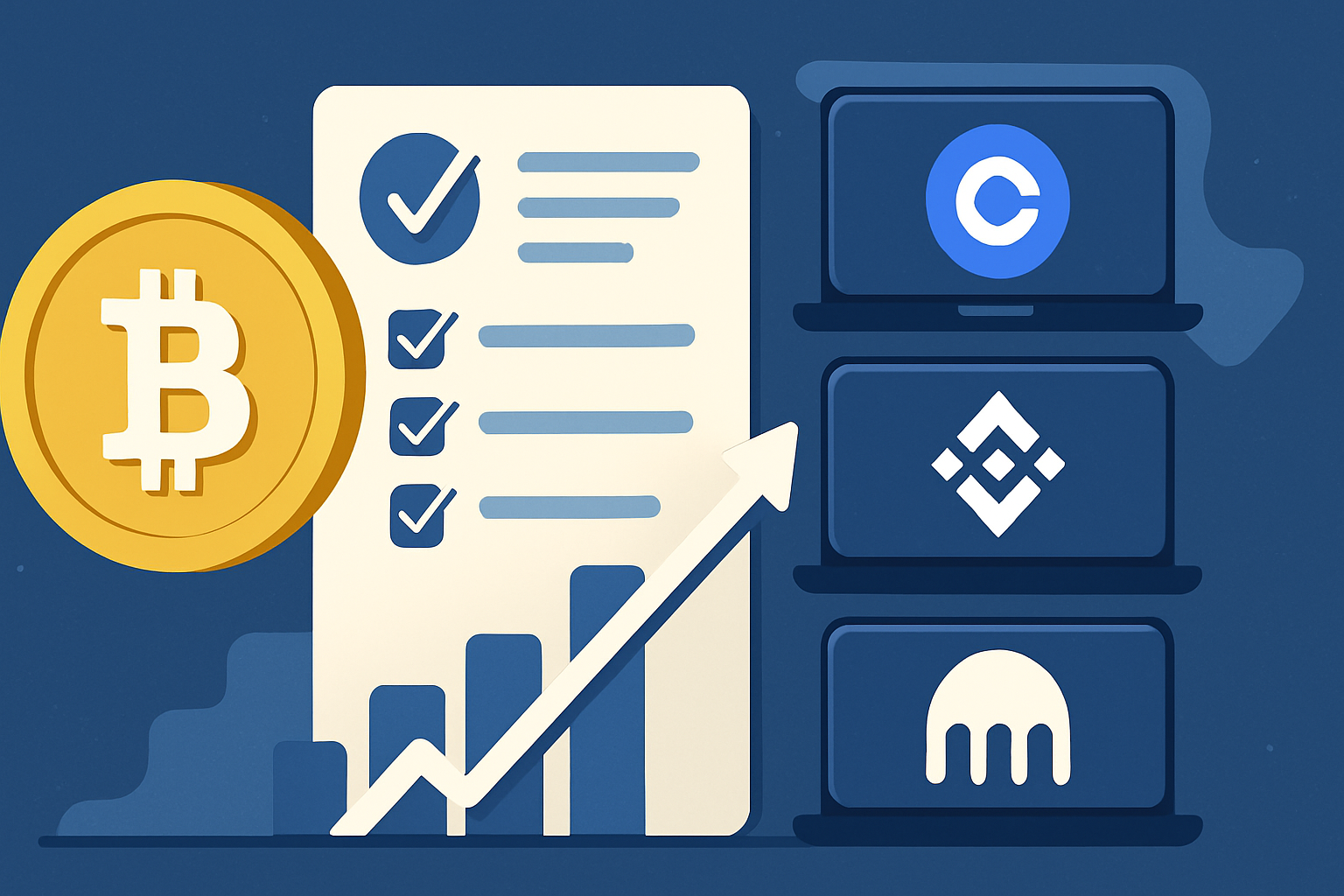
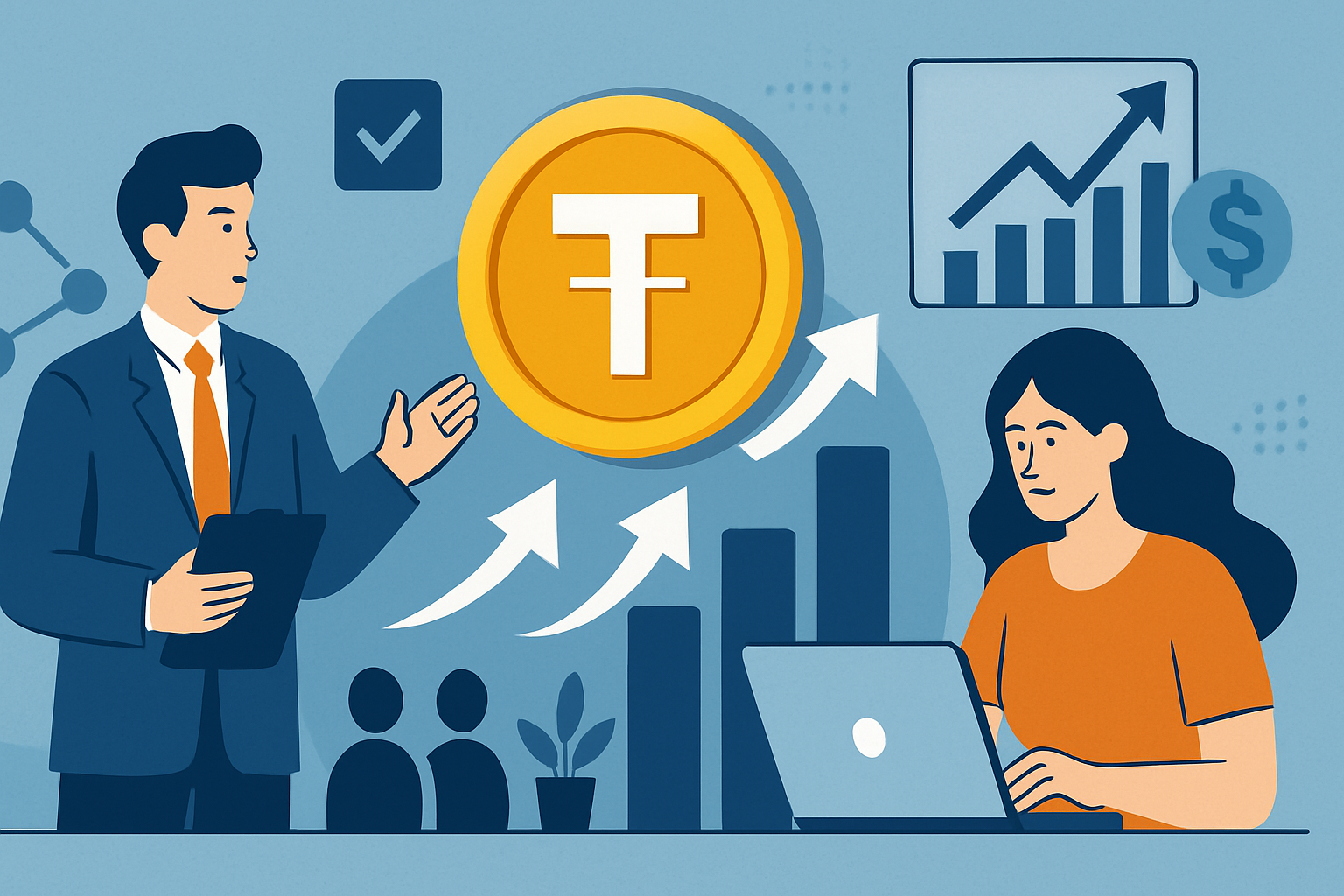


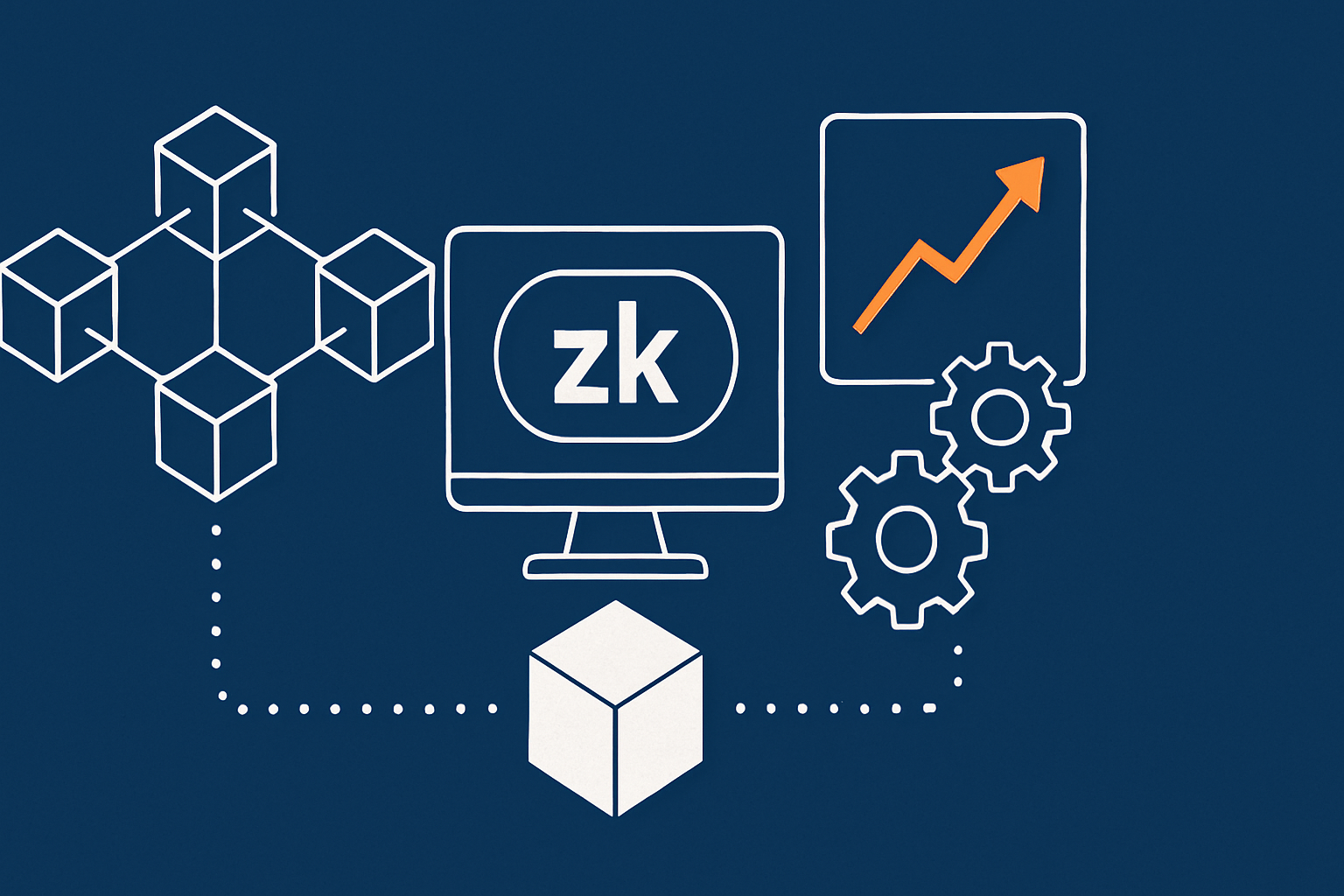

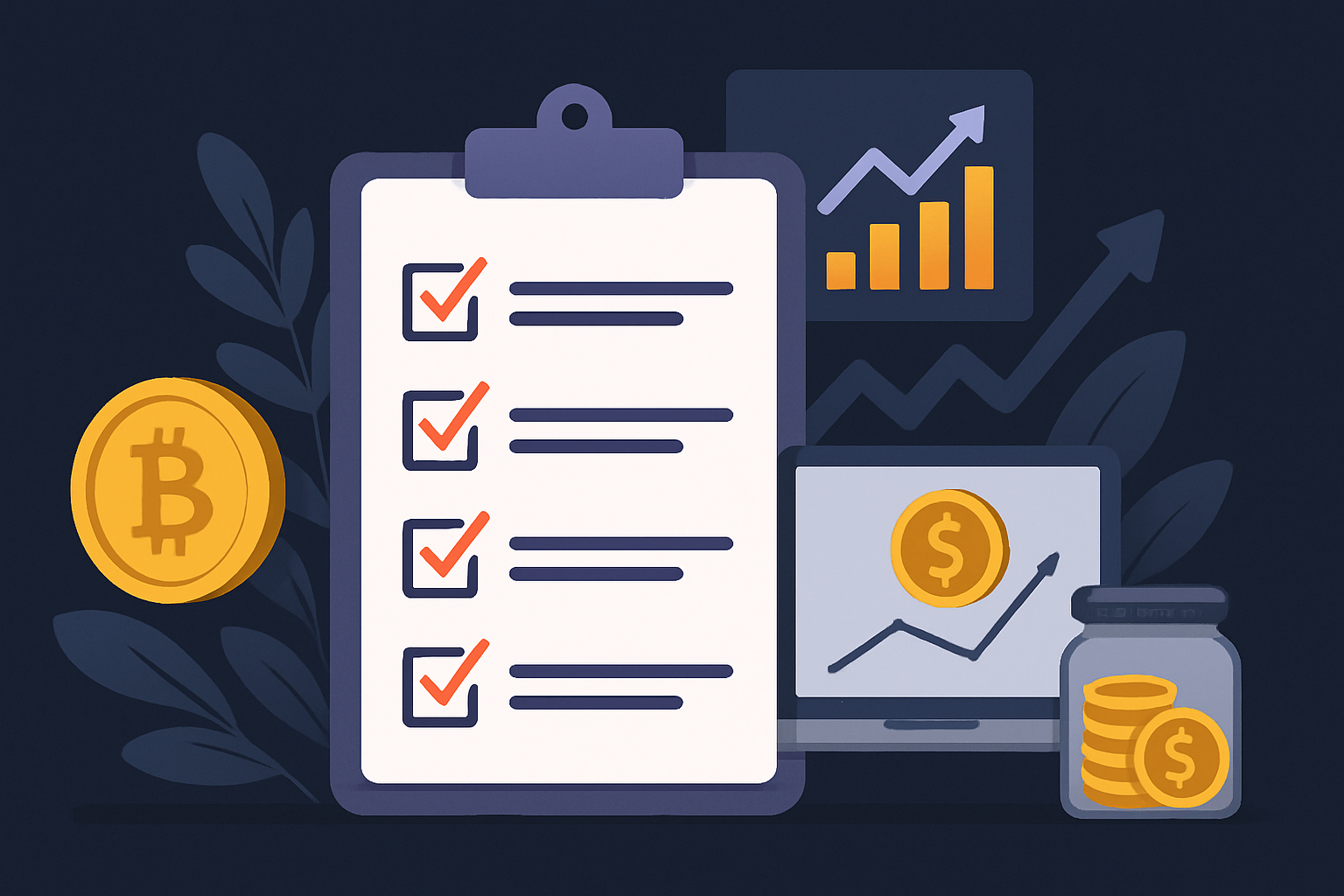

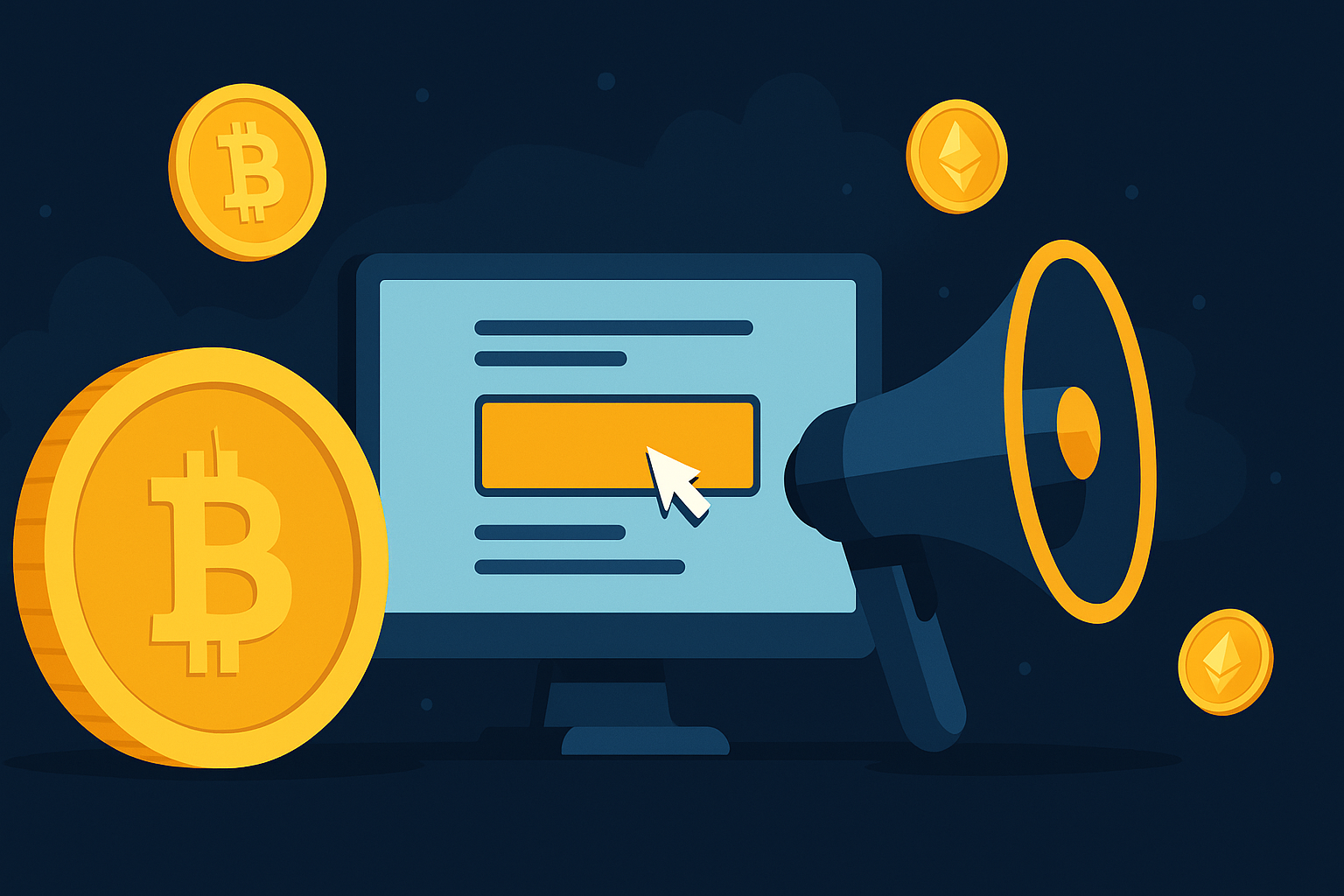



Write a comment ...